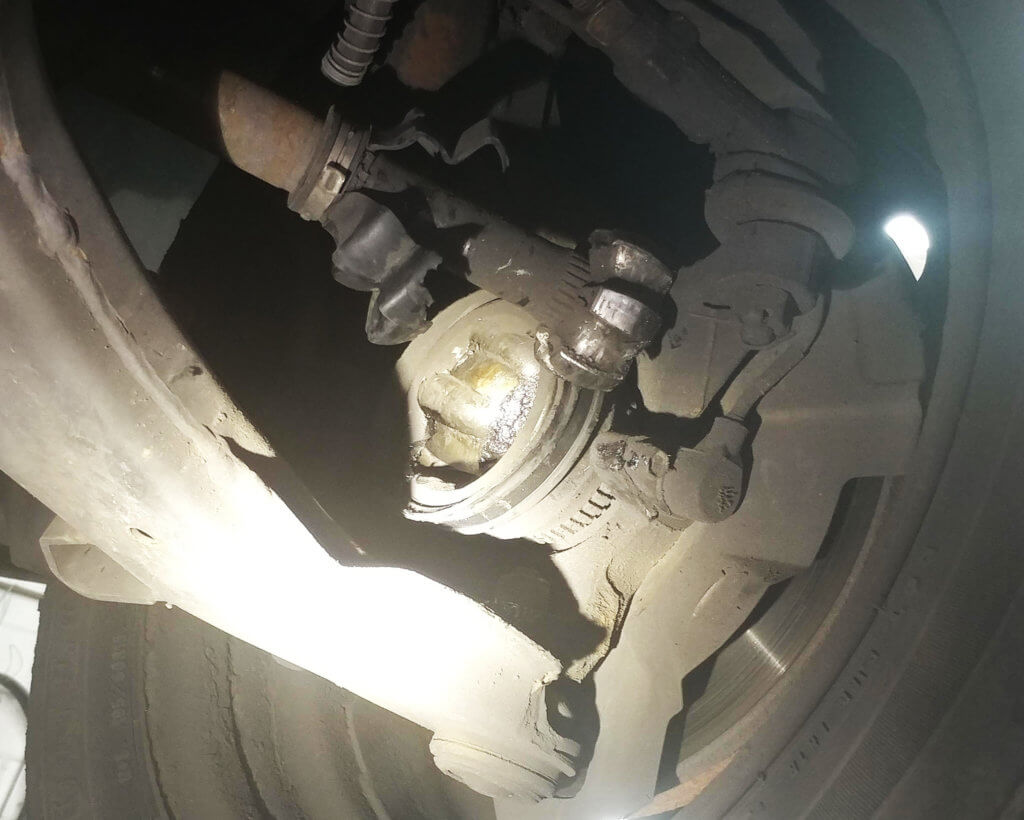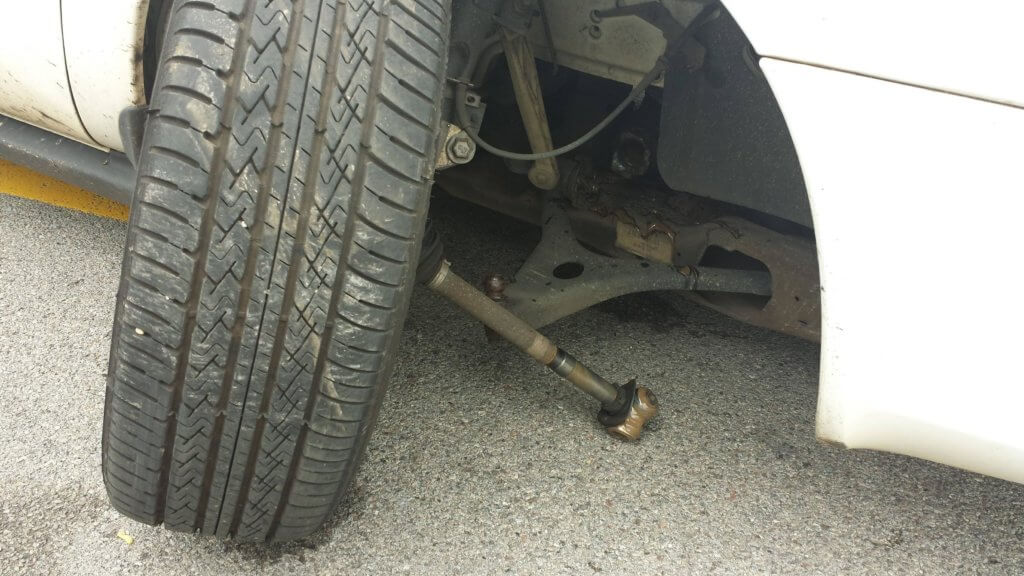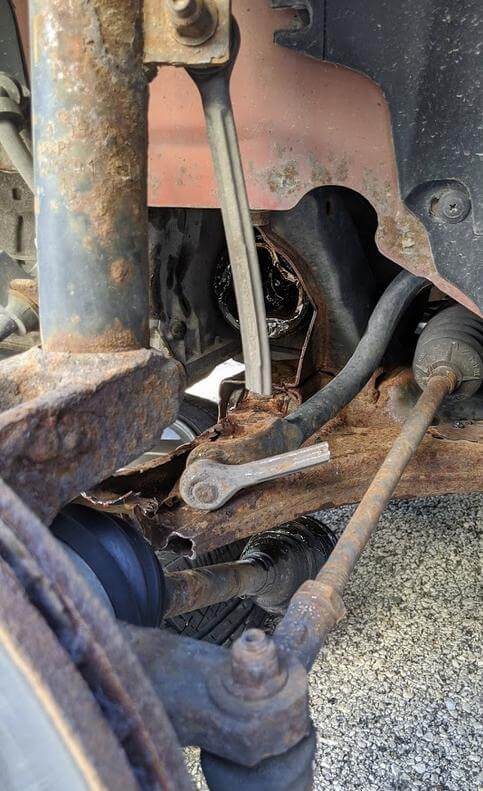The Consequences of Not Fixing Torn CV Boots
Here’s what happens if you don’t fix torn CV boots
A torn CV boot can lead to some major problems if left unrepaired. Because the CV boot’s job is to retain the grease that lubricates the CV joint, the tear is the first step on the road to CV joint destruction. The joint spins and slings the grease out of the joint. Without grease, the gets contaminated with road grit and self destructs. Here’s a more in-depth look at the consequences of not fixing torn CV boots.
First comes the crunching noise
Without grease and with road grit, the balls in the outer joint begin to wear, causing a crunching or clicking sound in tight turns.
Then the joint vibrates
As the wear continues, vibrations may start to occurs, especially at higher speeds and deceleration. This gets progressively more pronounced over time as the damage worsens. The vibrations and sounds emanating from the damaged joint area indicate that repair is urgent.
The outer CV joint blows apart
At a certain point, the parts become so worn that the outer CV joint comes apart, causing the axle shaft to spin wildly. The spinning axle shaft can damage the stabilizer bar end link, control arm, strut and spring, and tie rod. In extreme cases, if the axle gets caught, you have experience a loss of control.

The outer CV joint comes apart and destroys the control arm, stabilizer bar end links and damages the transmission housing
You’re stranded with additional damage
Boot replacement costs $350-$500. But if the outer joint blows apart while driving, you can easily be looking at damage in the $2,000 to $3,000 ranger.
Consequences of not fixing torn CV boot on the inner joint
When operating at extreme angles, the axle shaft can extend out far enough from the plunge joint to pulls it completely out of the inner CV joint tulip, leaving you stranded

The severe vibration cause the axle to break

©, 2021 Rick Muscoplat
Posted on by Rick Muscoplat